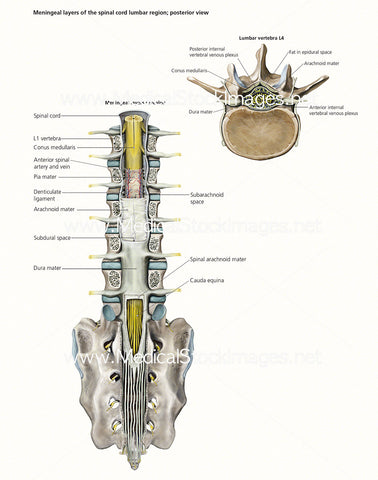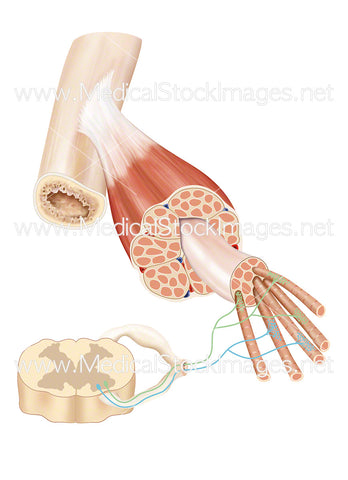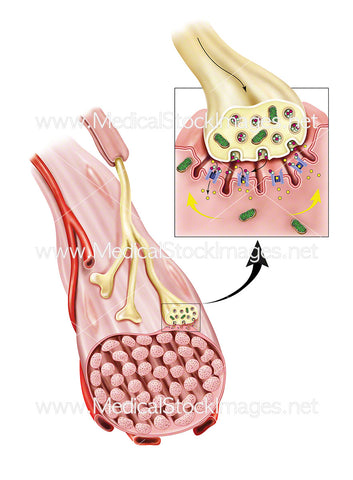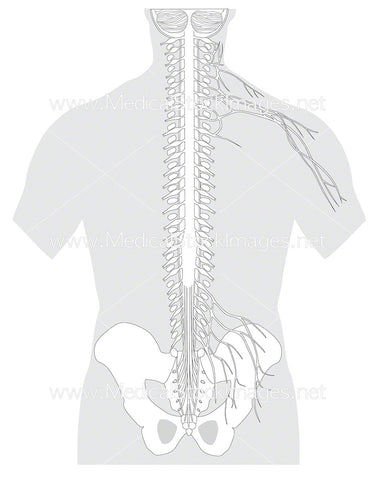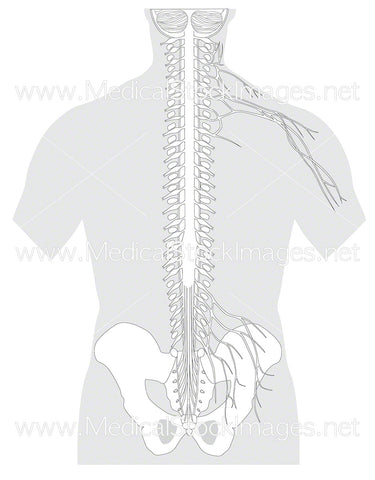Nervous System
Available to license are anatomical images relating to the anatomy of the nervous system and the special senses they serve the eye, ear, nose and tongue which are organs that process visual, auditory, olfactory and taste sensations respectively.
Structurally the nervous system has two components. The central nervous system (CNS) which is comprised of the brain and spinal cord and neural pathways communicate information from one area to another area of the nervous system. Neural pathways that connect the brain and the spinal cord are called the ascending and descending tracts. They are responsible for carrying sensory and motor messages to and from the periphery.
The peripheral nervous system (PNS) refers to parts outside of the brain which is comprised of the cranial, spine, peripheral nerves, together with their motor and sensory endings. The primary role of the PNS is to connect the CNS to the organs, limbs, and skin. These nerves extend from the central nervous system to the outermost areas of the body. The peripheral nervous system itself is divided into two parts: the somatic nervous system and the autonomic nervous system
Illustrations include the study of the physiology of the nervous system to the level of a nerve cell or neuron, where communication between these cells is generated from signalling known as action potential. This is where an electrical wave travels along the axon of a neuron. When it reaches the synapse it provokes release of a small amount of neurotransmitter molecules which bind to chemical receptor molecules in the membrane of the target cell.

